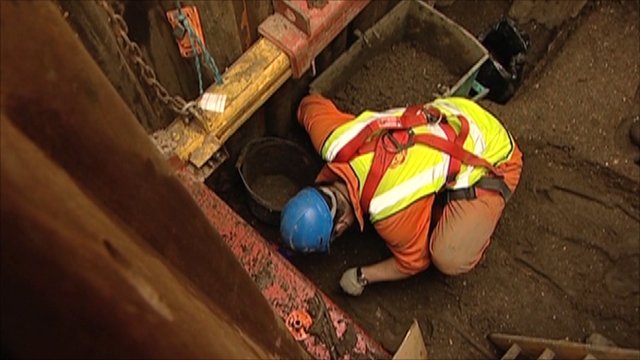The picture above shows the Crossrail Tunnel archaeology dig in London, England, where archaeologists, surveying the ground at Liverpool Street station in preparation for Crossrail tunneling, have unearthed hundreds of skeletons on the site of a historic mental health hospital. Opened in 1247, St. Bethlehem hospital was the first institution dedicated to mental health patients and is believed to have led to the coining of the word "bedlam." The site now lies beneath what will be Liverpool Street's new Crossrail ticket hall. There are 20 archaeological digs along the Crossrail route and they have to be completed as part of the planning regulations.
Why we need it
Designated historic sites, burial grounds, and archeological sites are windows into our past. As such, the Federal government passed the Historic Sites Act of 1935 to document and preserve sites of national significance. Many states enacted similar legislation. As a result, this information is incorporated into the siting process to avoid impacting these designated sites.
Where to find it
- In many instances, this data is not available for public download because of the sensitivity of the information. In general, the transmission line planner would make a request to a State Historical and Preservation Agency and/or the National Park Service for a listing of such sites in the proposed project area. In many states, this request requires that the user restrict access to the information.
Tell us about it!
Do you have a suggestion or two for additional data sources? Do you know of any international sources? Use the Discussion Forum to share your suggestions with the class!

